Greetings,
Today we're checking out the newest member of Auglamour's lineup, the F200.
Having reviewed everything in Auglamour's lineup except the F100, this is a brand I have grown to appreciate. They seem to consistently find a great balance between price, performance, material/build quality, and design, and as such all of their products are solid picks. At under 20 bucks, the F200 sits in a very competitive bracket, one in which it holds a commanding presence.
Let's take a closer look.
Disclaimer:
I purchased the F200 from Penon Audio at their full retail price of 19.90 USD shortly after release. The thoughts within this review are my own and do not represent Auglamour, Penon Audio, or any other entity.
Source and Amping:
For at home use the F200 was powered by a TEAC HA-501 desktop amp with my Asus FX53V laptop sourcing music. For portable use it was paired with an LG G5, Shanling M1, HiFiMan MegaMini, or HiFi E.T. MA8. The F200 gets up to volume easily enough, but despite their specs I found them benefiting from an amp. They scale nicely, showing greater control and clarity through high quality equipment.
Personal Preferences:
I listen primarily to various EDM sub-genres (liquid drum and bass, breakbeat, drumstep, etc.), hip hop, and classic rock. While I enjoy a variety of signatures in my headphones I generally lean towards slightly warm with elevated treble and sub-bass, an even and natural mid-range response, with reduced mid-bass. The HiFiMan RE800, Brainwavz B400, and thinksound On2 offer examples of signatures I enjoy. I generally listen at very low volumes, so keep this in mind when reading my thoughts on how an earphone sounds
Specifications:
- Driver: 10mm dynamic
- Frequency Response: 10Hz – 25KHz
- Sensitivity: 110dB@1KHz
- Impedance: 15+/-1ohm
Packaging and Accessories:
For a wallet friendly offering like the F200, the packaging is pretty nice. You get none of that flimsy cheap cardboard others saddle their products with. No, Auglamour used the same extremely dense and tough cardboard they make their other packages with. Good thing to, because the F200 was shipped with little protective padding and the delivery services that eventually maneouvered it to my door abused the heck out of it.
On the front of the lid is a clean image of the F200's ear pieces while on the back you've got a few bullet-pointed features along with two unusually tiny images. One is of the earphones construction and the other a frequency response chart. I found it odd that they chose to make these images, and the specifications below, so tiny. The feature list takes up a ton of surface area, along with a lot of white space. Not the most efficient use of space, but it's packaging. Most people toss it out anyway.
The interior is divided into two segments with the bottom portion being taken up by an Auglamour branded clamshell carrying case with a carbon fibre texture. Inside the accessories are stored. Above is a foam insert securely holding the F200, the cable neatly wrapped beneath. In all you get:
- F200 earphones
- Clam shell carrying case
- Single flange silicone ear tips (s/m/l)
- Silicone ear guides
- Shirt clip
- Owners manual
For a sub-20 USD earphone, this is a great lineup of items. The case is well-built, the tips are the same as those included with their pricier RT-1 and are quite comfortable and durable. The ear guides are useful, and so is the shirt clip. What could you possibly complain about?
Build, Comfort, and Isolation:
The F200's features shapely, zinc magnesium housings that continue the trend of bullet proof Auglamour products. The general shape is similar to an ear bud, but with a nozzle. The logo on the exterior is cleanly printed in the metal. The curved upper and lower portions of the housing are smooth and cup the tip of your fingers perfectly when inserting the earphone into your ear. My only qualm with the housings is that the component parts do not fit together perfectly and are slightly off set. Materials and build are great, but fit and finish could be better.
The cable is similar to others Auglamour has used. The sepia sheath has a slightly sticky texture too it, but I didn't find it prone to snagging on anything, nor was it particularly tangly. Memory is virtually non-existent, though it does transmit some mild noise up the cable if it happens to rub or bump against your shirt. Strain relief at the compact metal straight jack is very effective, but lacking at the metal y-split and leading into the ear pieces. Oddly, cable above the y-split leading up to the right ear piece is about an inch shorter than the left. Thankfully it was not noticeable in use since cable length discrepancies can be very, very annoying when they are invasive.
In terms of comfort, I have zero issues with the F200. The metal ear pieces are fairly weighty, but ergonomics are excellent letting the weight spread evenly to prevent hot spots. While designed to be worn cable down, you can wear them cable up if you swap channels. This isn't ideal for purists, but the general public probably won't care.
Isolation is pretty average. The F200 has a fairly shallow fit and the vent at the base of the nozzle let's in a fair bit of outside noise. They do a good enough job blocking out quiet to mid-level sound slike typing and people around you chatting, but more invasive noises like those experienced while riding a bus will require you to up the volume to compensate.
Sound:
If you're a fan of the Auglamour brand you'll be right at home with the F200 which shares a house sound with the F100 and R8. It is smooth and warm with a full, punchy presentation.
Treble is fairly well-extended with some roll off in the upper regions. Emphasis seems to be in the lower treble so they have some sparkle with cymbals, chimes, etc. but not a ton. Detail and clarity is good for the segment with the lower treble bump helping out even down into the middle mid-range. The lack of upper treble emphasis keeps the F200 from having as airy as presentation as some of the competition, especially hybrid offerings which seem really keen on overemphasized treble, but they certainly don't sound congested.
The mid-range is slightly recessed, but maintains a strong presence through a fairly natural, accurate sounding timbre and fair amounts of micro-detail. Notes are well weighted with ample warmth, but they're not overly thick, dark, or brooding like the M100 from Brainwavz. I enjoyed my time just as much with instrumental tracks like Incubus' “Movement of the Odyssey” parts 2 to 4, as I did with vocal-focused tracks like Aesop Rocks “Nickel Plated Pockets” from the Daylight EP.
Bass on the F200 is robust and reasonably visceral with a solid mid-bass punch. It is elevated but not so much as to take over. Texturing is quite impressive as evidenced tossing them on with The Prodigy's “The Day is My Enemy” where all the grime and grunge of their bass effects is in full effect. Extension is good but rolls off before getting into the really deep notes. The opening moments of Kavinski's “Solli” is a good example of this, giving you some physical feedback during the opening bass line, but not as much as say, the Shozy Hibiki MKII. I think Auglamour fond a nice balance is the way the low end is presented.
The F200's sound stage is wider and taller than it is deep. This gives the F200 a large feel, but without placing instruments too far away from you. They're far from being stuffy or congested though, with good separation and layering qualities for a single dynamic at this price points. Imaging performance is solid too with the F200's stereo movement coming across fairly stepped and precise.
Select Comparisons (Volumes match with Dayton Audio iMM-6):
Geek Wold MK3 (19.99 USD): The GK3 is triple dynamic driver earphone from newcomers Geek Wold, and was released to some pretty overwhelmingly positive reviews. While it is a solid earphone for under 20 bucks, the F200 for essentially the same price is a better value. First off, the GK3's plastic shells feel price appropriate vs. the F200's which feel like they belong on a significantly more expensive product. The GK3's braided cable looks more impressive, but I found it frustratingly tangly compared to the F200's, even when stored and unpacked carefully. Comfort is pretty much a wash with the GK3 getting a slight edge due to a light weight, low profile design that fills the ear nicely. Comparing accessories, the GK3 only comes with three pairs of tips. The stock tips are a poor match that need to be replaced immediately, unlike the F200's. In addition to a high quality tip set, Auglamour also includes a case, shirt clip, and ear hooks. The GK3 is much easier to drive and hits some pretty ridiculous volumes.
In terms of sound, I found the F200 a much more pleasant product. The GK3 has a slightly hollow ring to it's presentation, most prevalent in the mid-range. Vocals take on a slightly shouty aspect compared to the F200 thanks to an especially boosted upper mid-range that also makes the GK3 more fatiguing on vocal heavy albums. Timbre also comes overly light and brittle compared to the F200 which offers some of the most realistic instrument reproduction I've heard at this price range. Treble on the GK3 has a more rebellious presentation in the presence region, but with less control and detail. Running some frequency sweeps, it also seems to take a swan dive after 10k whereas the F200 treble remains audible well after. Bass on the GK3 has more mid-bass presence, lacking tightness and texture compared to the F200. Sub-bass extension is similar, but like the top end, seems to dive off quickly losing out on the visceral feedback the F200 provides. I found the GK3 to have a very intimate and forward presentation versus the F200 which sets you back from the music. Imaging was more precise on the F200, as too were it's layering and separation. These last two were pretty close though, with the GK3's lack of micro-detail holding it back. The GK3 sounds fine for a 20 USD product, while the F200 sounds outstanding.
KZ ES4 (~20.00 USD): The ES4 is a dual driver hybrid and another earphone that seems to be getting very positive feedback from the community. While I certainly like it's design, particularly with the crossover worked in as a prominent aspect, overall material quality doesn't impress like it does on the F200. I'll give the KZ props for fit and finish, however, as there is nothing off kilter about the way they are put together. Comfort goes to the larger ES4 which hugs my ear wonderfully. They'll be too big for many I suspect, so if you have had issues with larger earphones fitting you in the past it's probably best to stick with the F200. The ES4's cable is removable and braided. It also likes to tangle above the y-split, though not nearly as badly as the Geek Wold GK3's cable. The ES4 comes with a very basic accessory kit that cannot compete with the F200; three sets of tips. In the ES4's favor, the included tips are KZ's “Starline” model which is one of my favorite tips on the market. The ES4 is easier to drive than the F200.
These two made for an interesting comparison. The ES4 shows off slightly better treble extension but with a similarly relaxed, though more energetic presentation, than the F200. Micro-detail goes to the KZ while control is in favor of the F200. The ES4's mid-range is refreshingly forward for a KZ. With the stock ti[s, it sounds a little veiled compared to the F200, but that goes away swapping over to wide bore tips. Toss the F200 on my HA-501, and it's mid-range clarity steps up again to surpass the ES4 which doesn't scale the same way. Timbre has never been KZ' s forte, but the ES4 sounds pretty good. Not quite as right as the F200 though and like the GK3 is a bit light sounding. Bass on the ES4 is less balanced and more mid-bass heavy, but still extends quite well to give off a satisfying amount of visceral feedback. The ES4 gives off a very in-the-head presentation but shows off impressive layering and separation qualities that best the F200. Imaging is more accurate too. The ES4's limited sound stage and tip sensitivity have me choosing the F200 over it.
Hypersense HEX02 (25.00 USD): The HEX02 was a newcomer that really impressed with it's balanced sound and unique design. Compared to the F200, it's design isn't as clean and stylish but it is more recognizable. Material quality is equally as nice with the HEX02 showing off improved fit and finish. When it comes to the cable, the HEX02 has better strain relief everywhere but the straight jack. Hypersense's plain black rubber sheath doesn't looks as interesting as Auglamour's sepia colored sheath, but it's smoother and more resistant to tangling. In terms of accessories the HEX02 fares better than others in this section with a carrying bag in addition to extra tips. Still not enough to topple the F200 though. The HEX02 is slightly easier to drive than the F200.
The HEX02 has more emphasis at the extremes than the F200. Bass digs a little deeper on the HEX02 and has more texture, but feels a little looser. The F200's mid-range is slightly more forward with a richer, more natural timbre. Treble on the HEX02 is more lively and energetic with more sparkle and shimmer. The HEX02 has a more intimate presentation than the F200, but with greater depth of stage. Imaging, layering and separation are all equally good. The F200 is slightly more crisp and detailed through the treble and mids, but provides less information in the bass. I'm not really sure which I like more to be honest. They're both excellent products and perform on equal levels.
Final Thoughts:
If you've only got 20 bucks to spend, or that's all you're willing to spend, there aren't many earphones I've tested that really challenge the F200. The combination of excellent materials, an extensive accessory kit composed of useful items, and a fairly well balanced and entertaining sound signature make this an easy recommendation. Great job Auglamour!
Thanks for reading!
- B9Scrambler
***** ***** ***** ***** *****
Some Test Tunes:
Aesop Rock - Skelethon (Album)
Daft Punk - Random Access Memories (Album)
Elton John - Yellow Golden Brick Road (Album)
King Crimson - Lark's Tongues in Aspic (Album)
King Crimson - Starless and Bible Black (Track)
Supertramp - Crime of the Century (Album)
Infected Mushroom - Converting Vegetarians (Album)
Infected Mushroom - Legend of the Black Shawarma (Album)
Gorillaz - Plastic Beach (Album)
Massive Attack - Mezzanine (Album)
Fleetwood Mac - Rumors (Album)
Run the Jewels - Run the Jewels (Album)
The Prodigy - The Day is My Enemy (Album)
Tobacco - screw*d Up Friends (Album)
Felt - Felt 2 (A Tribute to Lisa Bone) (Album)
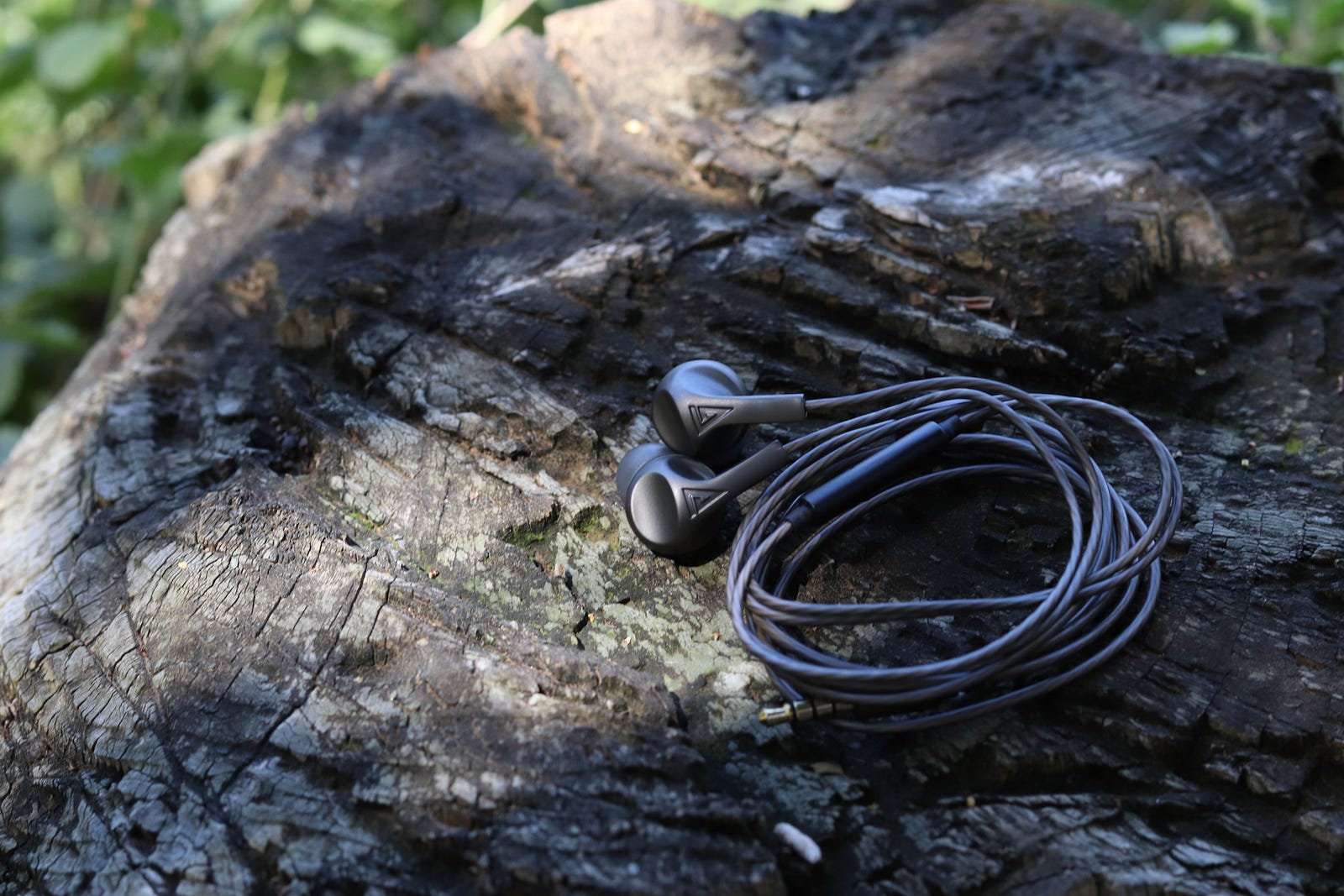
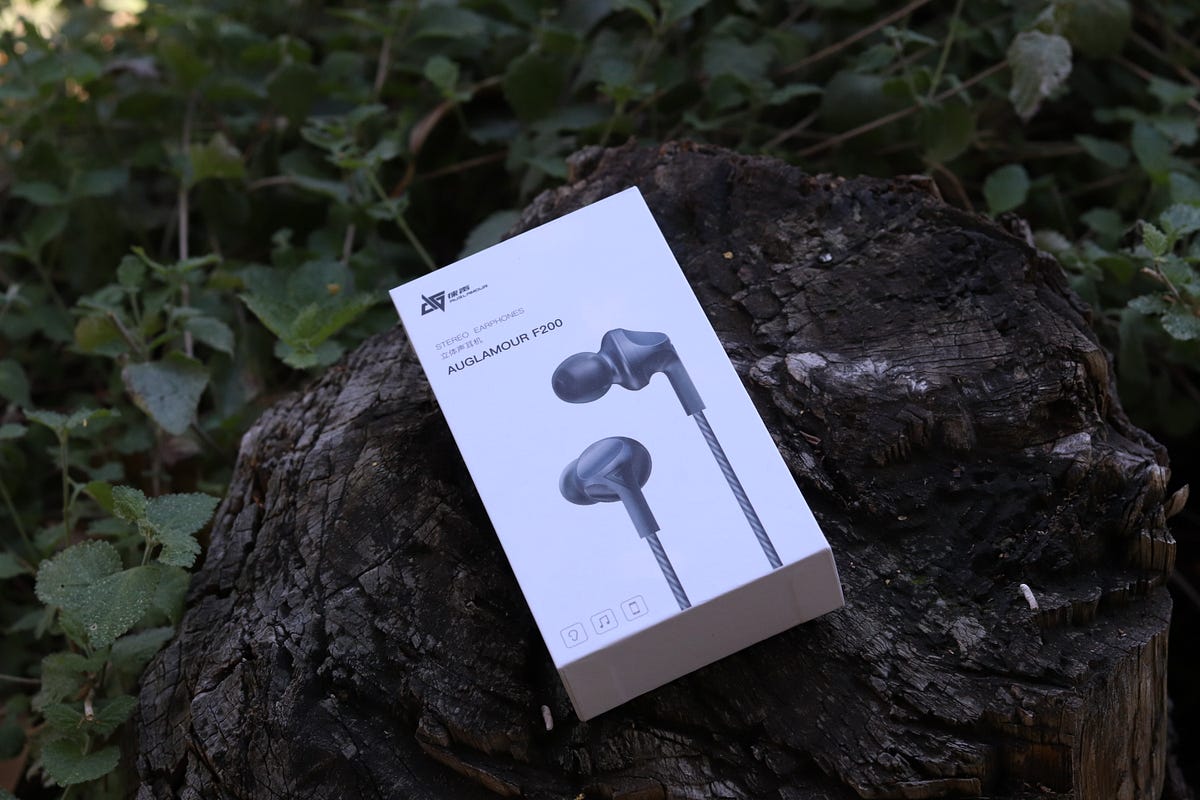
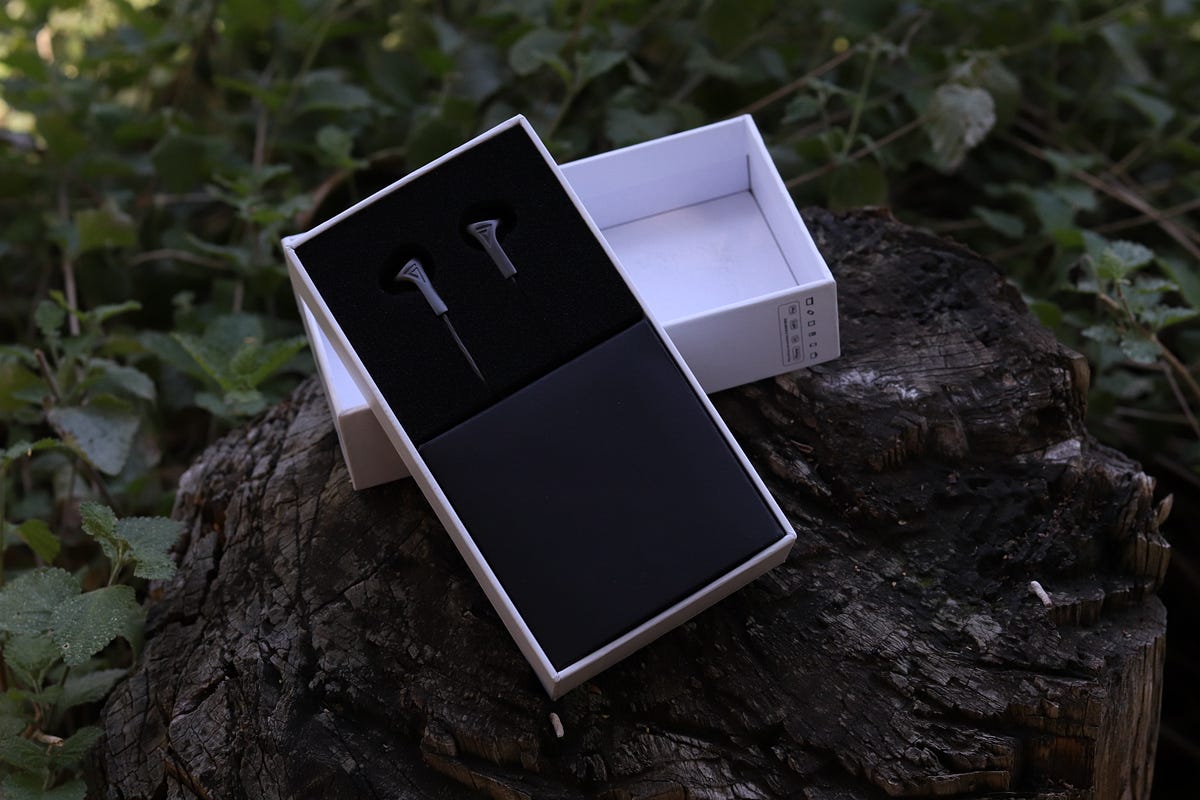

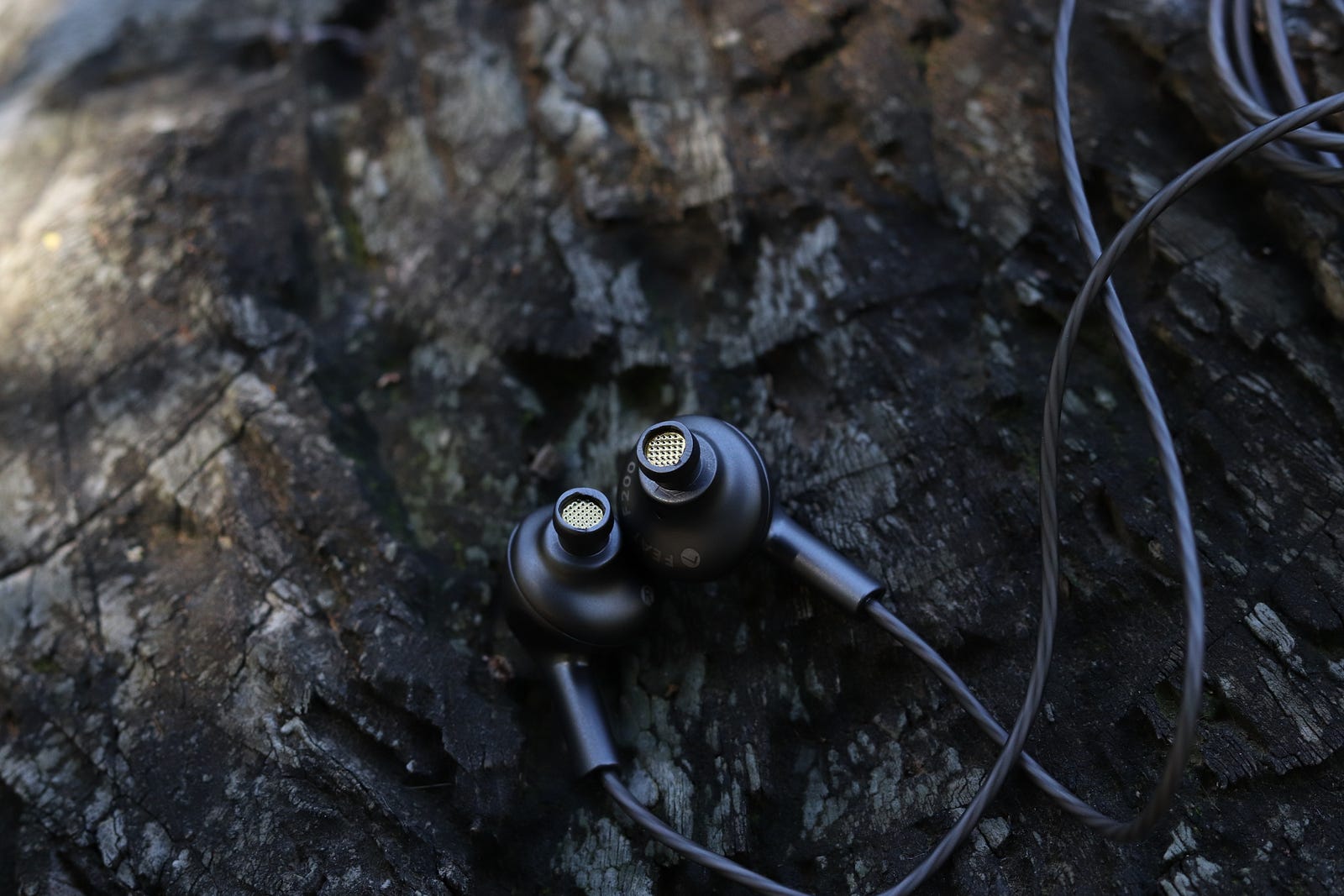
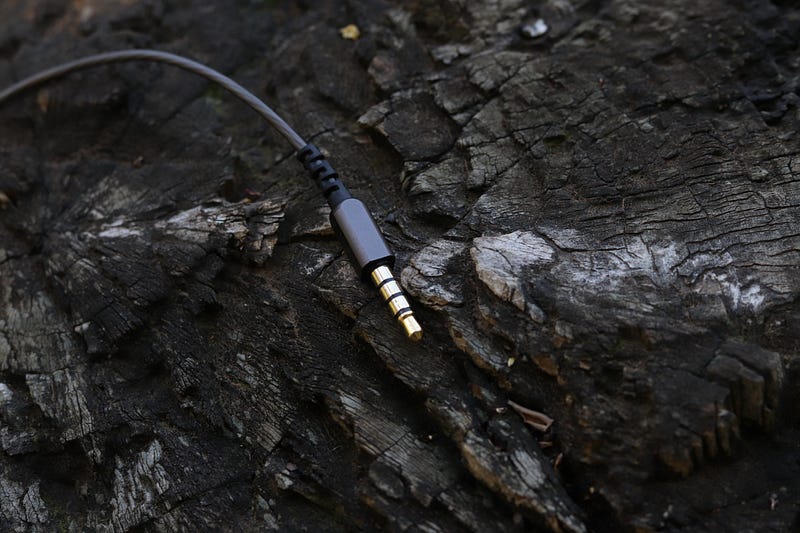

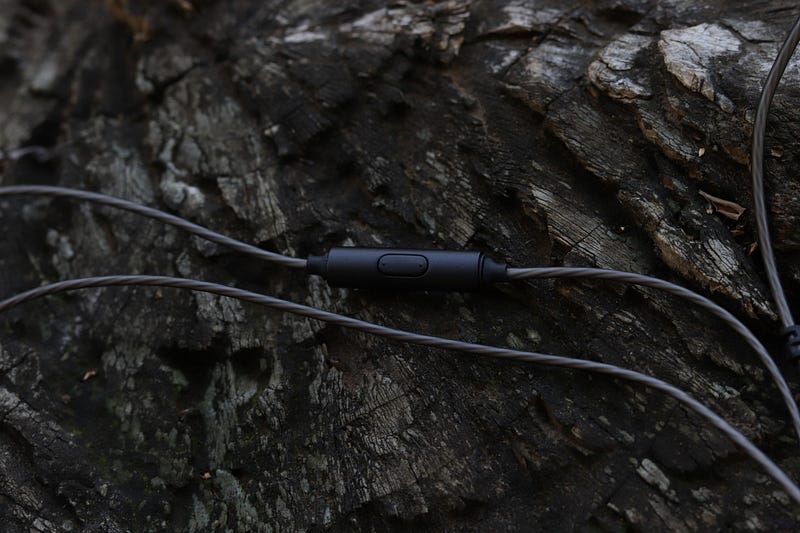
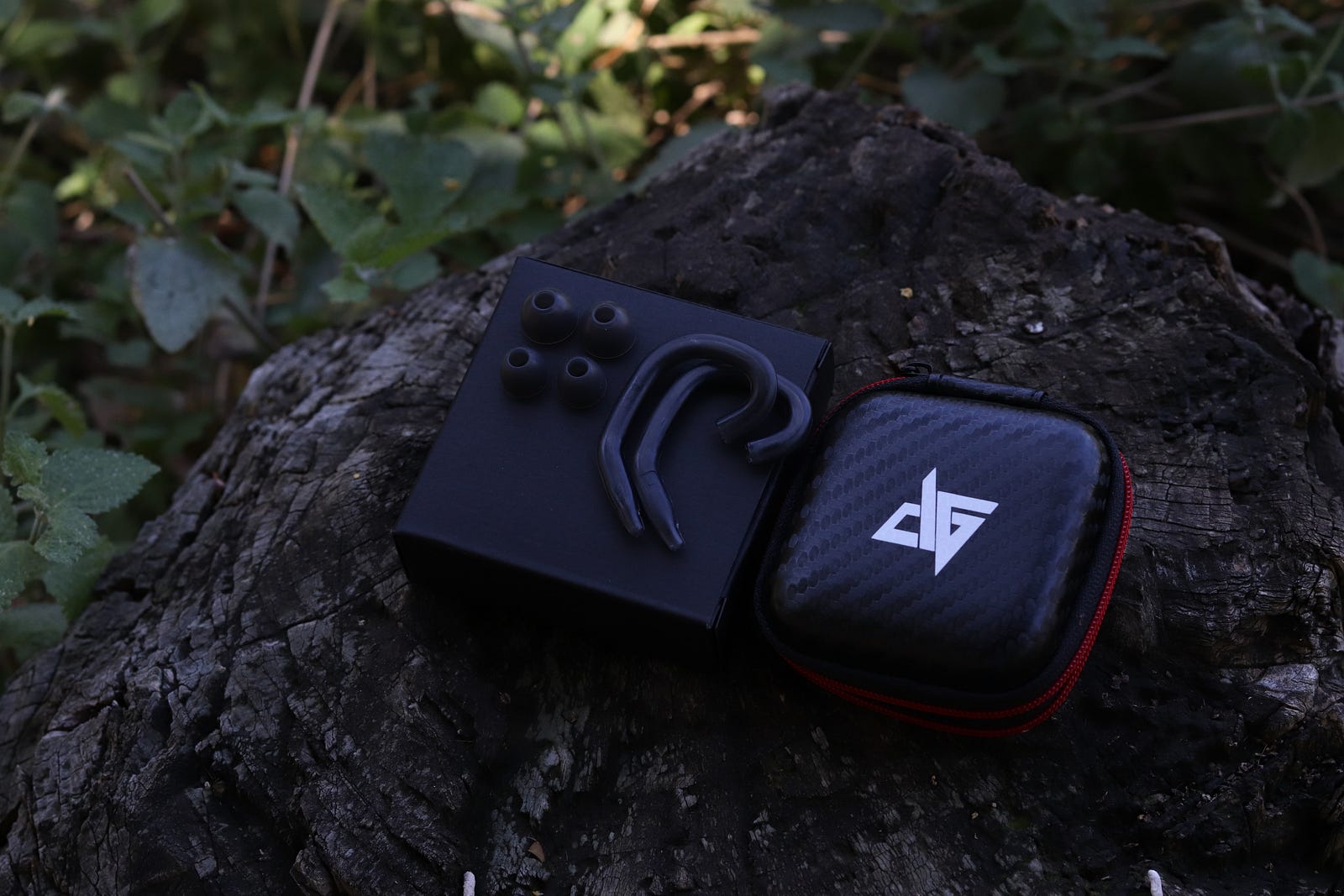
















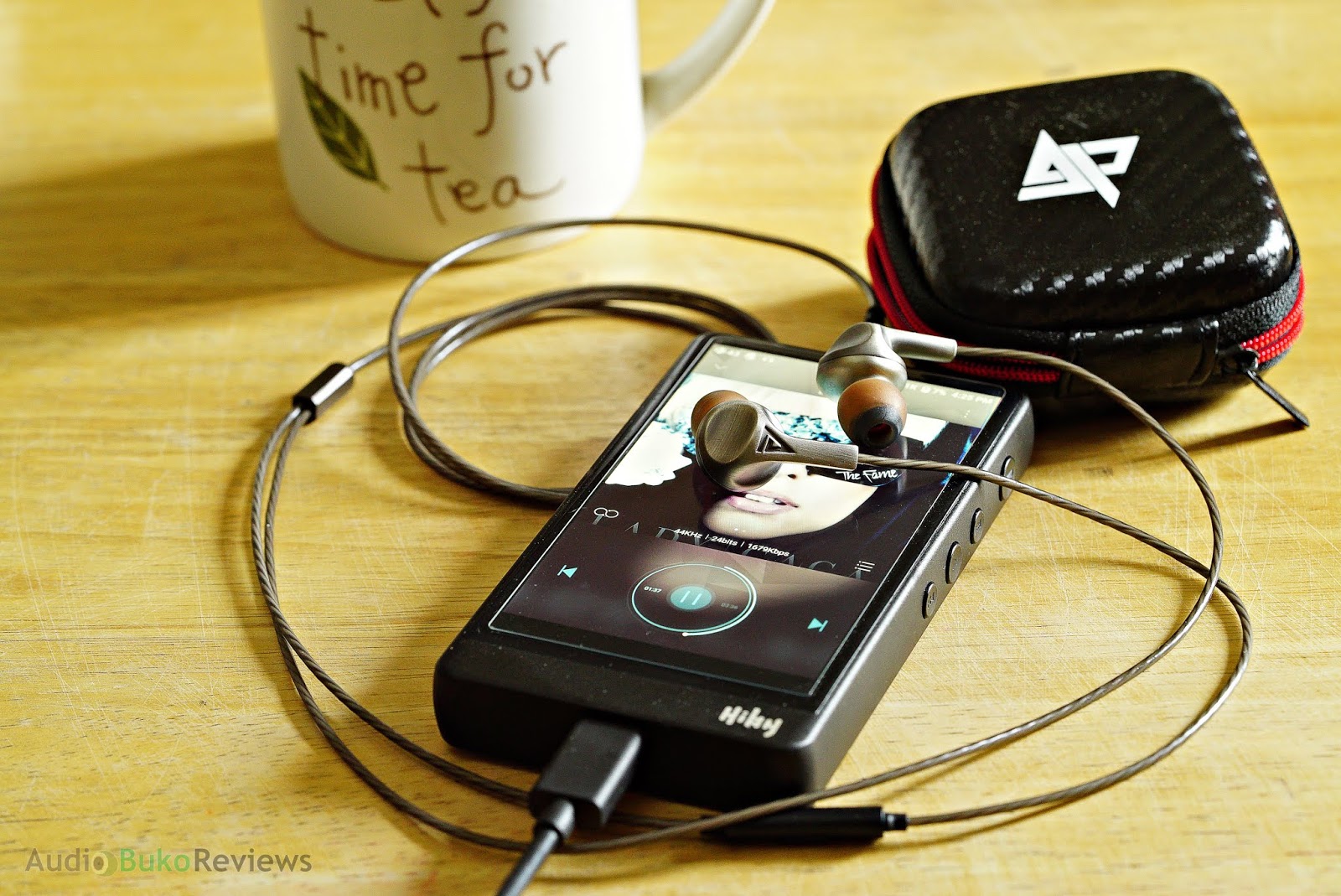




Can you give information about it?
What the difference between this and the IDEA?
Or maybe give us a review